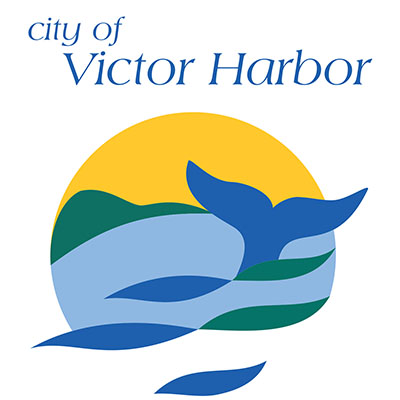Interpretative Signage Celebrating Back Valley's History
Earlier this month, current and past community members gathered to celebrate the centenary of the Lower Inman Memorial Hall at Back Valley. The hall was built in 1923 and has been proudly run by community volunteers ever since.
With this special occasion having just passed, now is a great time to reflect on the history of Lower Inman Valley and Back Valley. The City of Victor Harbor has recently installed new interpretative signage at the rear of the Lower Inman Memorial Hall to highlight the First Nations and European history of the area.
You can also read more below. From the Dreamtime stories of the Ramindjeri and Ngarrindjeri People, to farming and exploration, Lower Inman Valley and Back Valley have a rich and fascinating past.
Lower Inman Valley and Back Valley History
Geological History
These valleys form a complex landscape within ancient fluvio-glacial deposits that filled a trough carved out of the bedrock by an icecap of Antarctic proportions that covered the area around 300m years ago. Scratches left by the ice on the bedrock can be seen at nearby Glacier Rock a few kilometres up Inman Valley Road and there are many granite rocks (erratics) in the area, most likely torn by the ice from The Bluff at Encounter Bay.
The unique geology and distinctive landforms of the region have been recognised as being of international scientific significance. The last major sea level fluctuation (125,000 years ago) is recorded in the catchment, producing river terraces and stranded shorelines in the lower reaches of the Inman River. During the Holocene, the last 11,500 years of Earth’s history, alluvial sediments built up in channel bottoms forming floodplains and swamps.
First Nations Heritage
The First Nations people who occupied this country over many thousands of years prior to 1836 would have seen many changes. At the height of the last ice age around 20,000 years ago the Back Valley Creek and the Inman River would have flowed directly into the Murray River which, in those days, flowed out to its mouth on a coastline south of what is now Kangaroo Island.
As the sea level rose back to its current level about 6,000 years ago Kangaroo Island was cut off from the mainland. Over the centuries, several groups of First Nations people have called the Fleurieu Peninsula home. Most notably, these include the Kaurna, Ngarrindjerri, Ramindjeri and the Peramangk. There were other groups too, including Ngarallta, Nganguruku, Jarildekald, Padnaindi and others.
The Buildings
The old school and church building was built and funded by the local community in 1901 on land provided by the Education Department. The stone for construction was donated by James Porter and carted to the site by local farmers Arthur Jarvis, Daniel Tugwell and Sam Coote. The carting by their horse teams took 115 days. The total cost was 110 pounds seventeen shillings and five pence.
The Lower Inman Memorial Hall (also known as the “Joy Shed”) opened on 27 June 1923. The hall was built and funded by the local community on land donated by Mrs. Anna Hutton to a design created and donated by William Frederick Keen. Keen was a prominent architect who retired here from Sydney to live with his son, Fred Keen, a local farmer. William also created, and donated, the architectural drawings for the South Coast District Hospital, opened in November 1929.
Henry Inman
Henry Inman was born 4 June 1816 at Portsea Island, Hampshire. His father sailed in Australian waters in 1803 as astronomer
for Matthew Flinders. In 1837, Inman sailed for Adelaide on the Royal Admiral, intending to join Colonel William Light’s survey parties.
However, Inman’s career would soon take another path. Governor Hindmarsh created the South Australian Police Force (since renamed South Australia Police) on 28 April 1838, appointing 21-year-old Henry Inman as sole commander, with the rank of Inspector. In August 1838 Inman led a police party in pursuit of two allegedly escaped convicts near Encounter Bay, arresting one in an unnamed river valley that, by association, have both since borne his name: Inman Valley and Inman River.
More History
There's plenty more to learn about the European heritage, early settlers, bridges, roads and current day happenings of the Lower Inman Valley and Back Valley area. Check out the City of Victor Harbor's new interpretative signage at the rear of the Lower Inman Memorial Hall (Inman Valley Rd, Back Valley) to keep reading!

